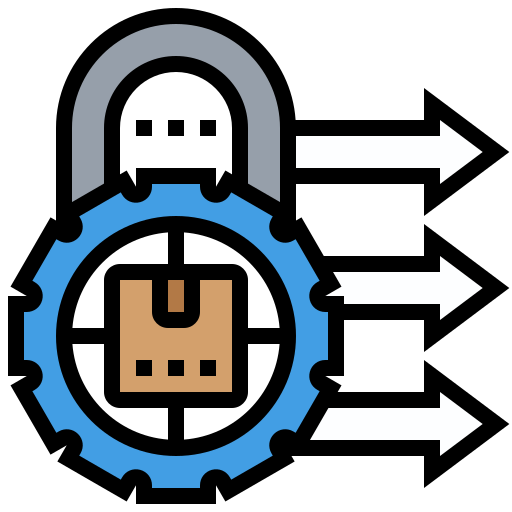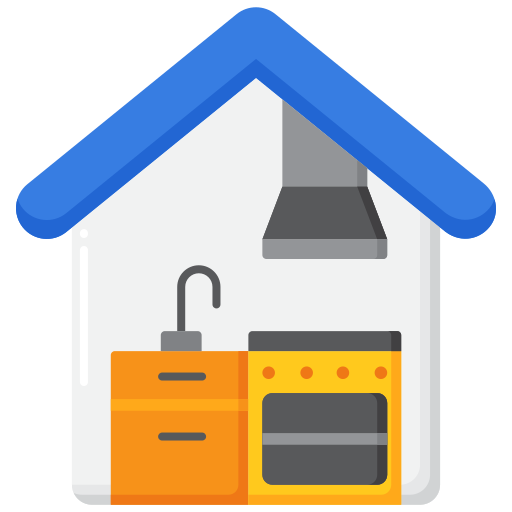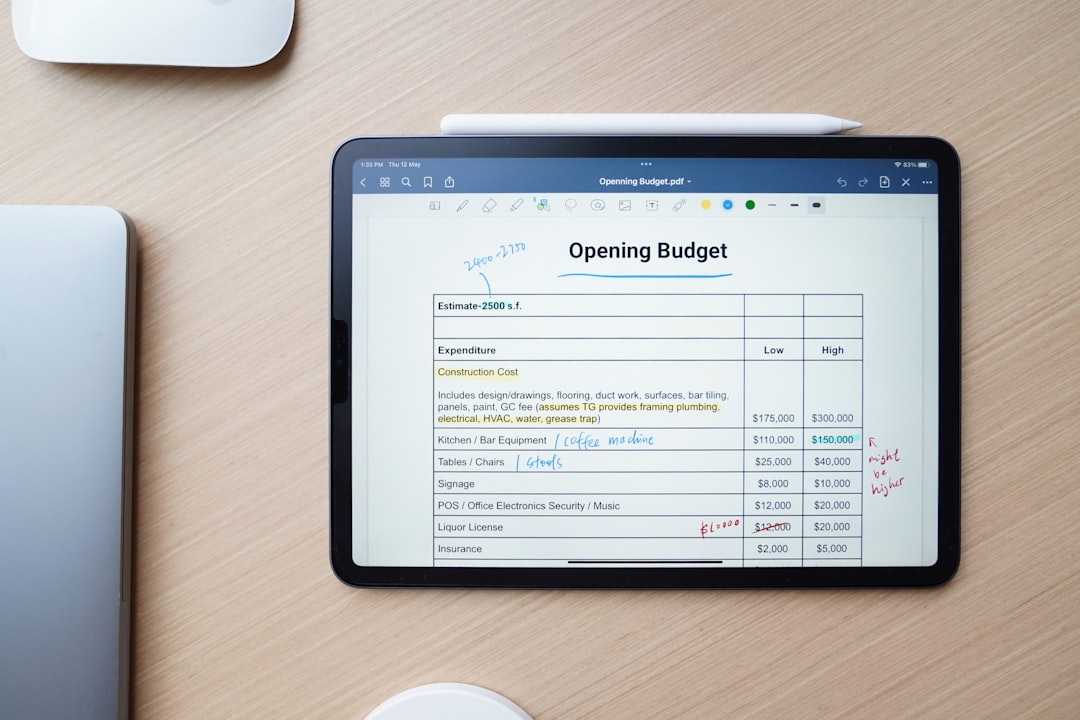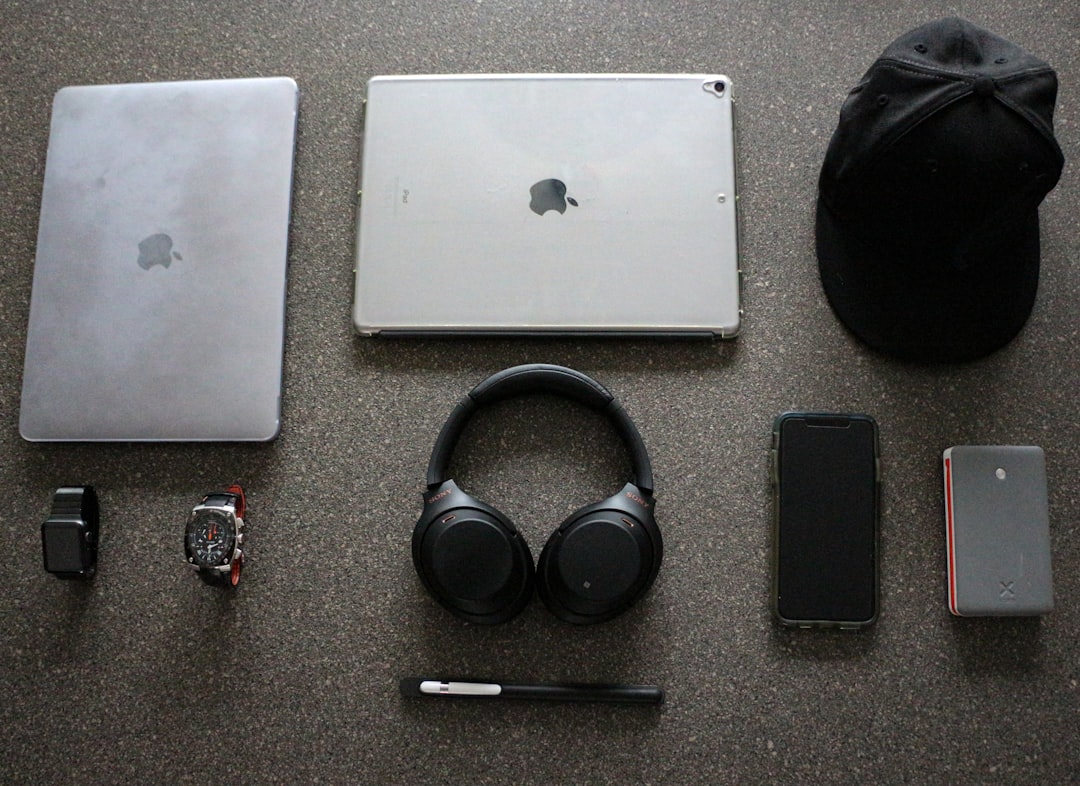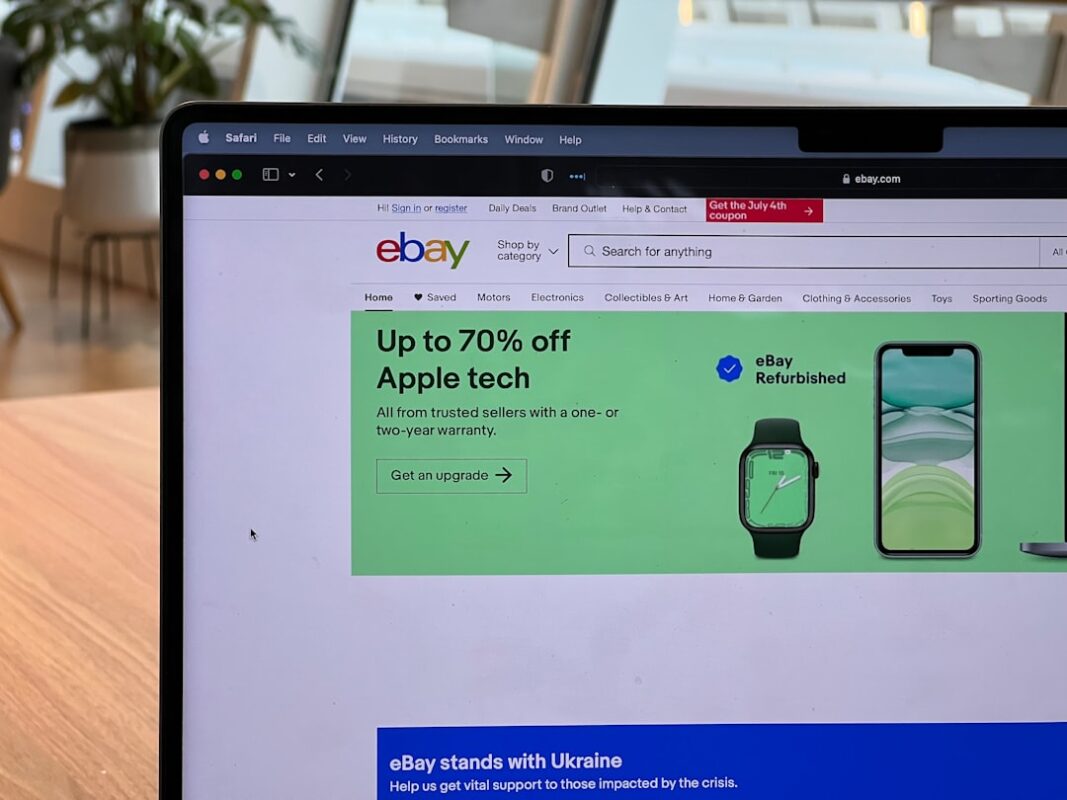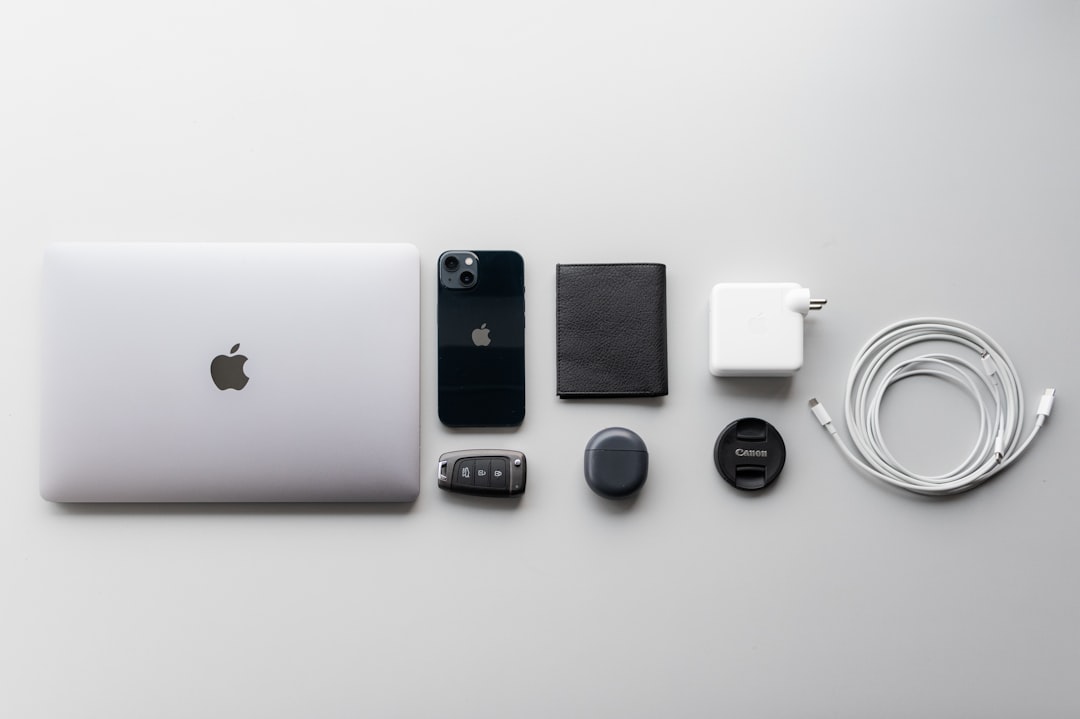Smart Online Shopping Budget-friendly Tips — here’s everything you need to know about Smart Online Shopping Budget-friendly Tips, including buying criteria, red flags, and smart ways to save.
Smart Online Shopping: Budget-Friendly Tips for Navigating E-Commerce During Tough Times
At a Glance
- Embrace Budget Shopping: Identify essential products that don’t break the bank.
- Know What to Look For: Understand key criteria when evaluating online products.
- Avoid Common Mistakes: Be wary of red flags that indicate poor quality or service.
- Step-by-Step Guide: Follow a structured approach for your online purchases.
- Budget vs. Premium: Learn when to invest in quality versus saving money.
- Safe Shopping: Find reliable marketplaces and understand return policies.
- Ignoring the Return Policy: Failing to read the return policy can lead to significant issues if you need to return an unsatisfactory product.
- Overlooking Shipping Fees: Always check if the total cost includes shipping, as this can dramatically alter the price.
- Buying Impulse Items: Stick to your shopping list. Impulse buys can lead to overspending on unnecessary items.
- Neglecting to Compare Prices: Use multiple sites to ensure you are getting the best deal.
- Assuming All Reviews Are Authentic: Be cautious of overly positive reviews. If a product has too many glowing reviews with little detail, it might be artificially inflated.
- Budget-Friendly Products: Ideal for items that are frequently replaced or have lower usage, such as basic kitchen gadgets, seasonal decor, or fashion accessories.
- Premium Products: Invest in items that are used daily or are critical to your lifestyle, such as kitchen appliances, mattresses, or high-end electronics. These often come with better warranties and customer support.
- AliExpress: A vast selection of affordable goods directly from manufacturers in China. Be mindful of shipping times and seller ratings.
- Temu: Known for low prices and a variety of products. Always check reviews and return policies before purchasing.
- Shein: Great for fashion and accessories at low prices, but remember to read size charts and check reviews for quality.
- Amazon: Offers a mix of budget and premium products. Utilize Prime for free shipping if you shop frequently.
- eBay: Ideal for second-hand items or auctions, but ensure you verify seller ratings to avoid scams.
- Always read shipping policies to understand delivery times and fees.
- If possible, use free shipping options that many retailers provide for a minimum purchase.
- Familiarize yourself with the returns process and keep packaging until you confirm your satisfaction with the product.
- Shop only on secure websites (look for HTTPS in the URL).
- Use credit cards for online purchases for added protection.
- Check the warranty information on electronics and major appliances to safeguard your investment.
- Understand the seller’s return policy; good sellers will provide hassle-free returns.
—
In times of economic uncertainty, like during a government shutdown, many consumers find themselves needing to stretch their budget further. Luckily, online shopping provides numerous opportunities to find budget-friendly products without compromising quality. This article will guide you through smart online shopping practices, focusing on essential criteria for choosing products, common pitfalls to avoid, and where to find the best deals.
What to Look For
When shopping online, especially for budget-friendly items, it’s vital to consider the following criteria:
1. Product Reviews: Check for customer feedback to gauge the quality and reliability of the product. Look for products with a significant number of reviews and an average rating of 4 stars or higher.
2. Material and Durability: Investigate the materials used in products, especially for home and kitchen essentials. Cheaper materials may save you money upfront but could lead to higher replacement costs later.
3. Brand Reputation: Opt for brands that are known for their customer service and product quality. Research the brand’s history and other products they offer.
4. Return Policy: Ensure the seller has a clear and fair return policy. This is crucial if the product does not meet your expectations.
5. Shipping Costs: Factor in shipping fees when comparing prices. Some retailers may offer low product prices but charge high shipping fees, negating your savings.
6. Warranty: Look for products that come with a warranty, especially for electronics and gadgets. This can protect your investment and ensure you get a quality product.
Common Mistakes & Red Flags
When shopping online for budget-friendly products, avoid these common mistakes:
Step-by-Step Buying Guide
1. Make a List: Start with a clear list of items you need, prioritizing essentials.
2. Research Products: Use the criteria listed above to research potential products.
3. Compare Prices: Visit multiple e-commerce sites to compare prices and shipping options.
4. Check Reviews: Read through customer reviews to gain insights into the product’s performance and quality.
5. Finalize Your Choice: Choose the product that best meets your needs and budget.
6. Review the Checkout Process: Before finalizing your purchase, double-check the return policy, shipping costs, and estimated delivery time.
7. Keep Track of Your Order: After purchase, save your confirmation email and track your package for delivery updates.
Budget vs. Premium (When to Spend/Save)
Understanding when to choose a budget-friendly option versus investing in a premium product can save you money in the long run:
Where to Buy
Several online marketplaces offer budget-friendly products, each with its pros and cons:
Shipping & Returns Tips
Safety & Warranty/Returns
To ensure a safe shopping experience:
FAQ
Q1: How can I find quality products at low prices?
A1: Look for products with high ratings and numerous reviews. Compare prices across different platforms.
Q2: Are online shopping deals really worth it?
A2: Yes, especially when you compare prices and take advantage of sales and discounts.
Q3: What should I do if I receive a defective product?
A3: Contact the seller immediately following their return policy guidelines to arrange for a return or replacement.
Q4: How can I avoid scams while shopping online?
A4: Stick to well-known platforms, read reviews, and be cautious of deals that seem too good to be true.
Q5: Can I negotiate prices on e-commerce platforms?
A5: While not common, some marketplaces allow price negotiations, particularly for bulk orders or on platforms like eBay.
Q6: How do I know if a product is worth the price?
A6: Research similar products, read reviews, and consider the brand’s reputation and warranty offerings.
Conclusion
Navigating online shopping, especially during financially challenging times, doesn’t have to be daunting. By applying the tips and strategies outlined in this guide, you can make informed decisions that help you find budget-friendly products without sacrificing quality. Start by creating your shopping list, researching products, and utilizing trustworthy marketplaces to maximize your savings and satisfaction. Happy shopping!
Check our related guide for more on Smart Online Shopping Budget-friendly Tips.
For examples and price checks, see popular marketplaces like AliExpress or Temu.
Research informed by reputable outlets and official listings. Reference: Source.
For even more insights on Smart Online Shopping Budget-friendly Tips, browse our other Sanivari guides on affordable online shopping and budget gadgets.











